By Roy Morris Jr.
After successfully concluding the First Anglo-Dutch War, English strongman Oliver Cromwell turned his severe Puritan attentions to Spain or, more accurately, to Spain’s far-flung possessions in the New World. Believing that Catholic Spain posed a far greater threat to England than did his fellow Protestants in the Netherlands, Cromwell was determined to strike a crushing blow, militarily and economically, to Spain’s lucrative colonies in the West Indies.
Two months after the Treaty of Westminster concluded the war with the Dutch, Cromwell’s Council of State began planning an ambitious combined operation to ferry thousands of English soldiers halfway around the world to the Spanish-held island of Hispaniola (now Haiti). Once there, the soldiers were to seize the island, drive off the Spaniards, and make Hispaniola a forward base for English interests in the New World.
Problems arose before the first English ship ever left the harbor. Cromwell, preoccupied with affairs of state, delegated the actual planning to his less-brilliant underlings. Supplies were inadequate for a five–week voyage across the stormy Atlantic, and the quality of the Army troops left much to be desired. The sailors were better, but they were also terrified about sailing to the West Indies, where strange and exotic diseases such as the one that felled Sir Francis Drake six decades earlier were said to be rampant. “The seamen are so afraid of being sent to the West Indies that they say they would as soon be hanged,” one onlooker noted.
Still, once the expedition was under way, the sea-ready Tars were much better off than the landlubber soldiers, who were crowded below deck on the 40 ships of the task force and forbidden to go topside, where they would only get in the sailors’ way. When they finally made landfall at Barbados, many of the soldiers could barely walk—much less prepare for an armed attack. Worse yet, supply ships had not arrived with the men’s muskets and swords, and they had to make do with homemade pikes.
On April 17, 1655, the English landed on nearby Hispaniola and marched 30 miles overland to Santo Domingo, the main Spanish stronghold on the island. The sweltering heat soon felled many of the northern European invaders. In keeping with the abysmally poor planning, water bottles had not been issued to the men, and dozens of parched soldiers made themselves sick by gorging on great quantities of oranges, lemons and limes in a hopeless attempt to slake their thirst. Strange animals—particularly snakes—terrified the men at every step.
Unsurprisingly, the attack on Santo Domingo was a complete farce. The Spanish defenders, having had time to prepare an ambush for the aimlessly thrashing, mosquito-swatting newcomers, sprang on them with mounted lancers, sending them careening back toward the beach in utter confusion. Their commander, Venables, hid behind a tree where, in the words of one disgusted observer, he was “so much possessed with terror that he could hardly speak.”
Abandoning Hispaniola, the fleet arrived off Jamaica three weeks later. There the English had better luck, mainly because the Navy led the way, bombarding Spanish-held Fort Caguaya and capturing the island’s only town, St. Jago de la Vega (now Port Royal) the next day. Leaving half the invasion force behind to establish an English colony, Admiral William Penn and the rest of the men sailed home. The shameless Venables, pleading ill health, talked the ship’s surgeons into letting him go with them.
When the force returned to England, a furious Oliver Cromwell clapped both Penn and Venables in the Tower of London. He released them a few days later, but neither would ever command troops again. At that they were far luckier than the soldiers and sailors they left behind in Jamaica, nearly 4,000 of whom died from disease or wounds at the hands of Spanish guerrillas in the six months following the abortive and shameful end of the Western Design.

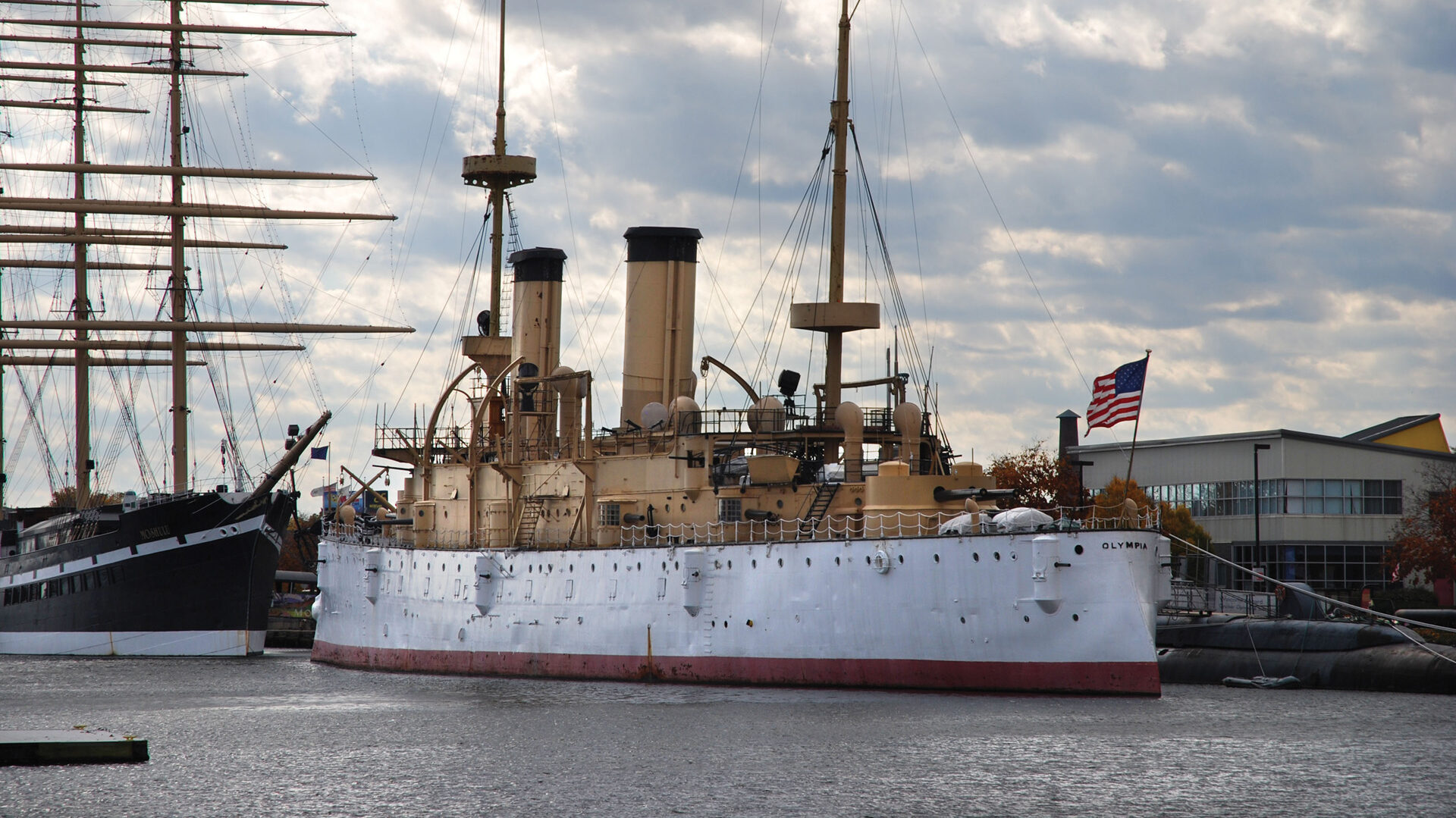
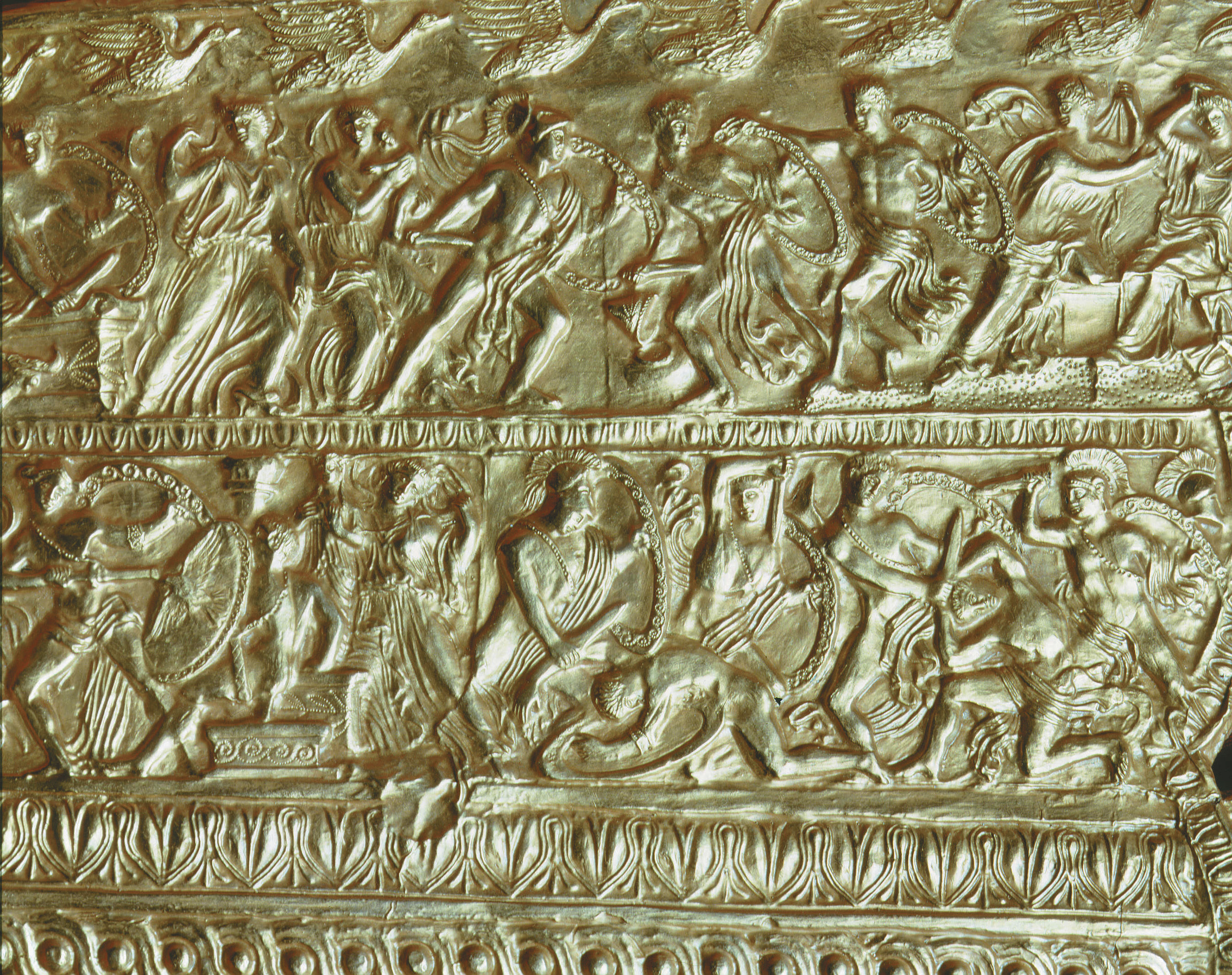
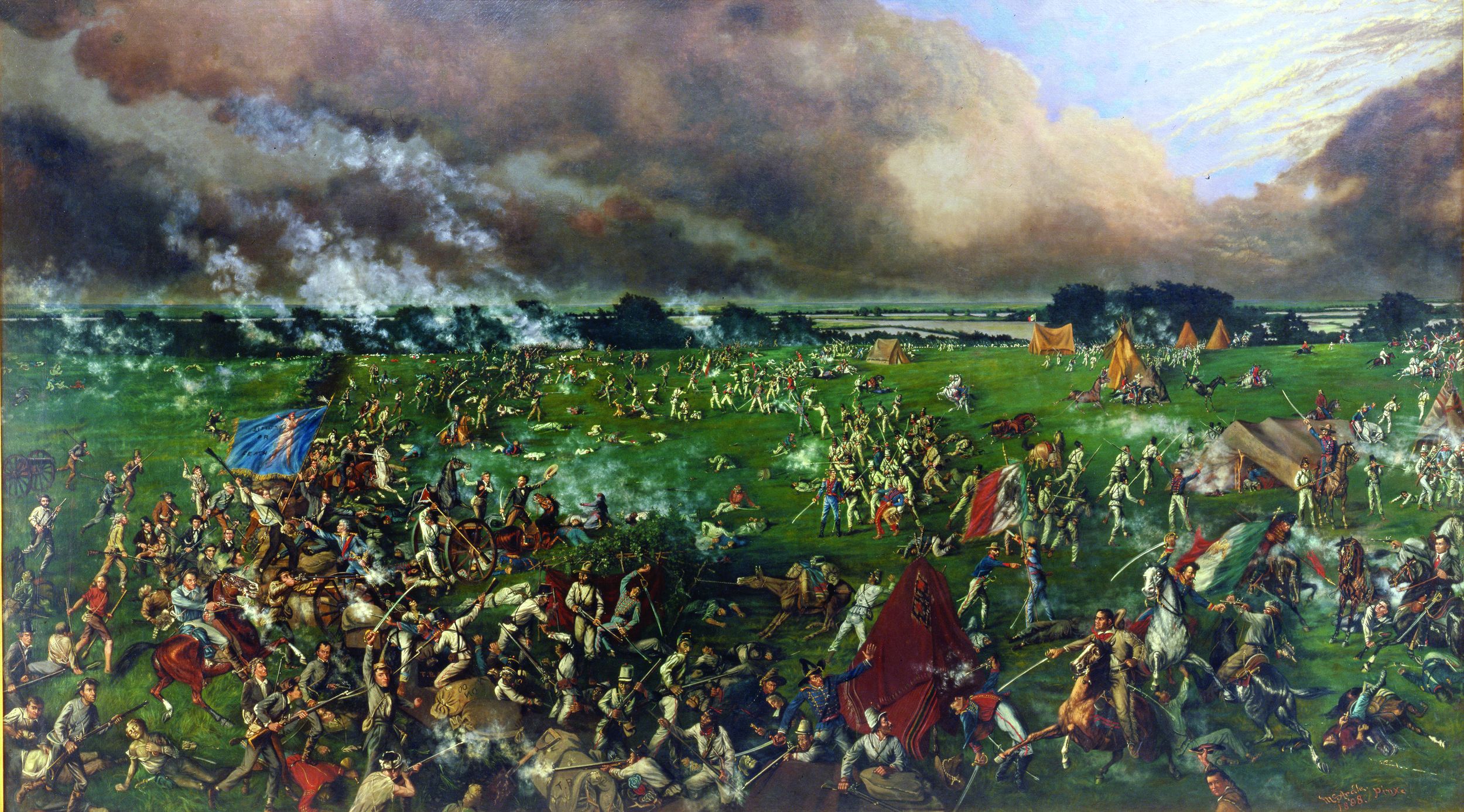
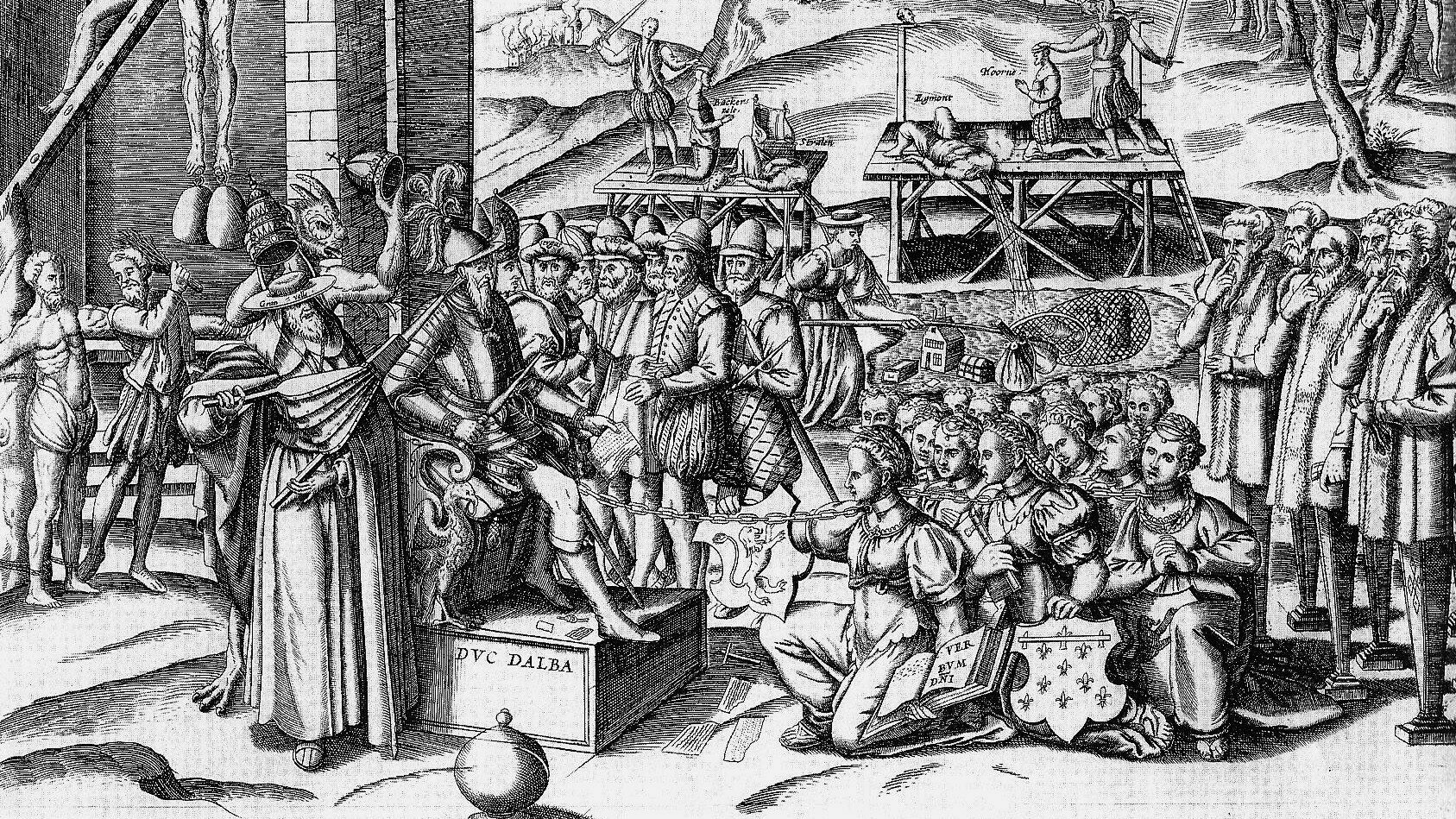
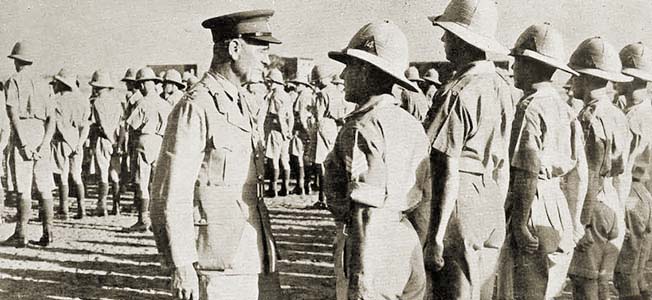
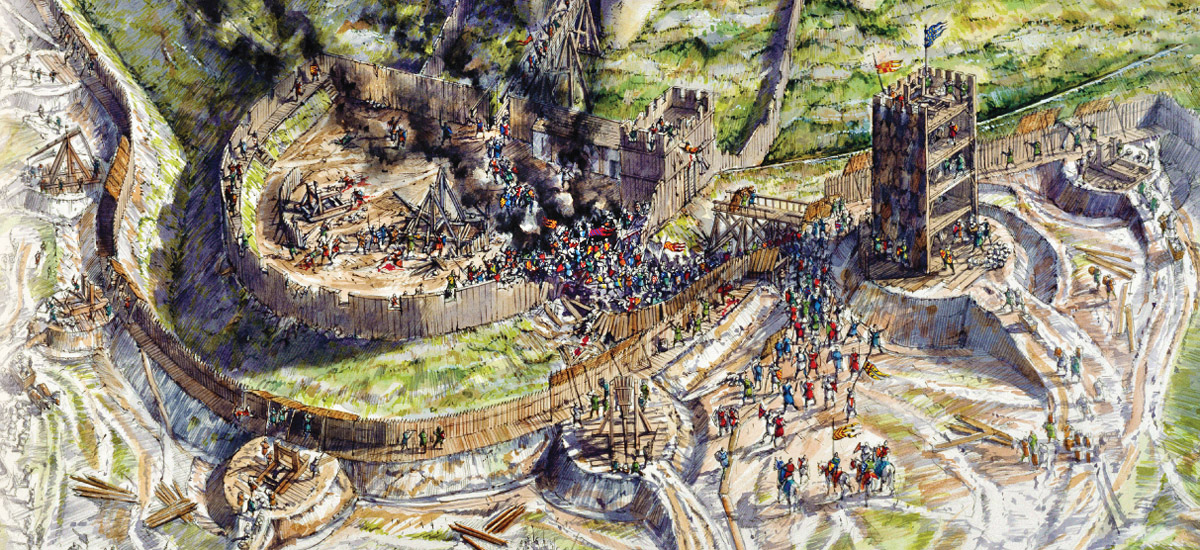
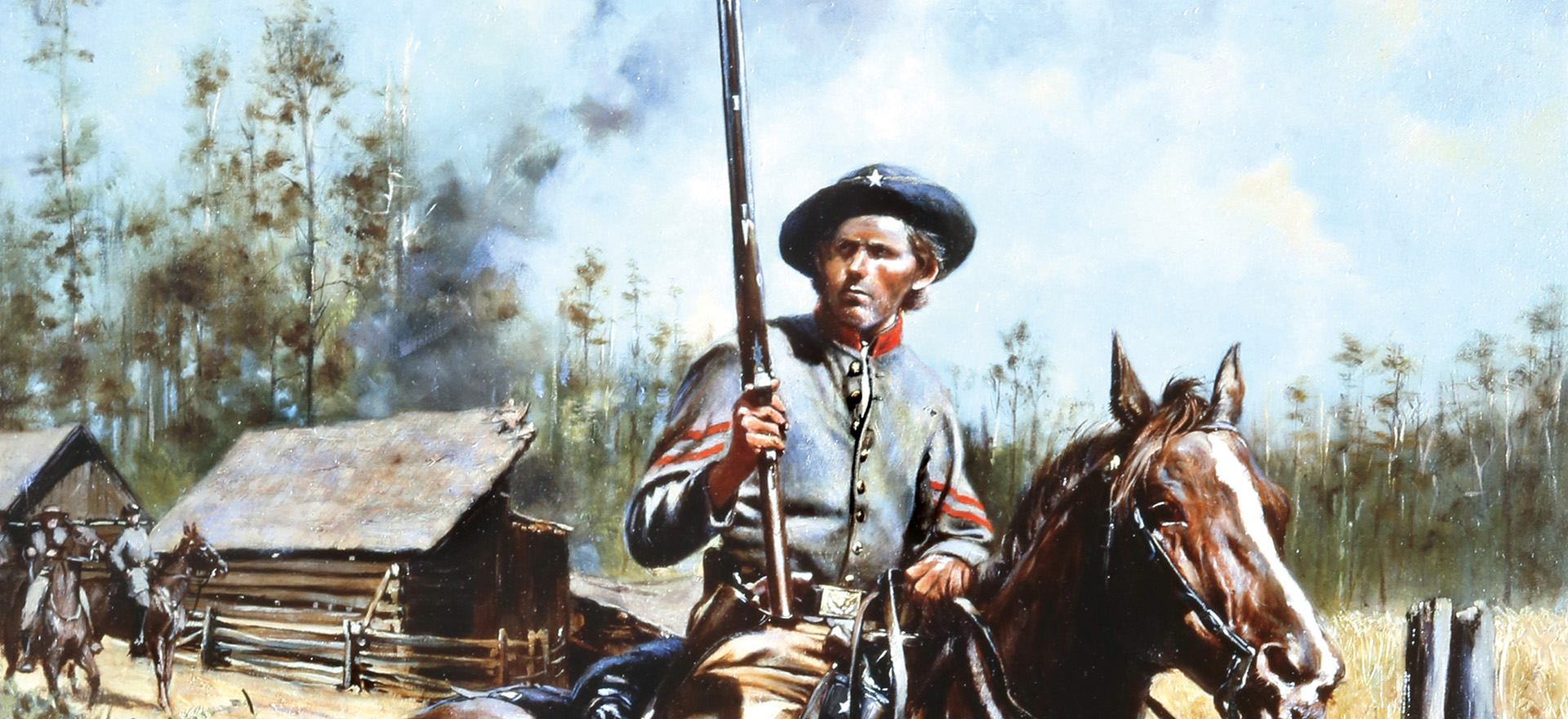
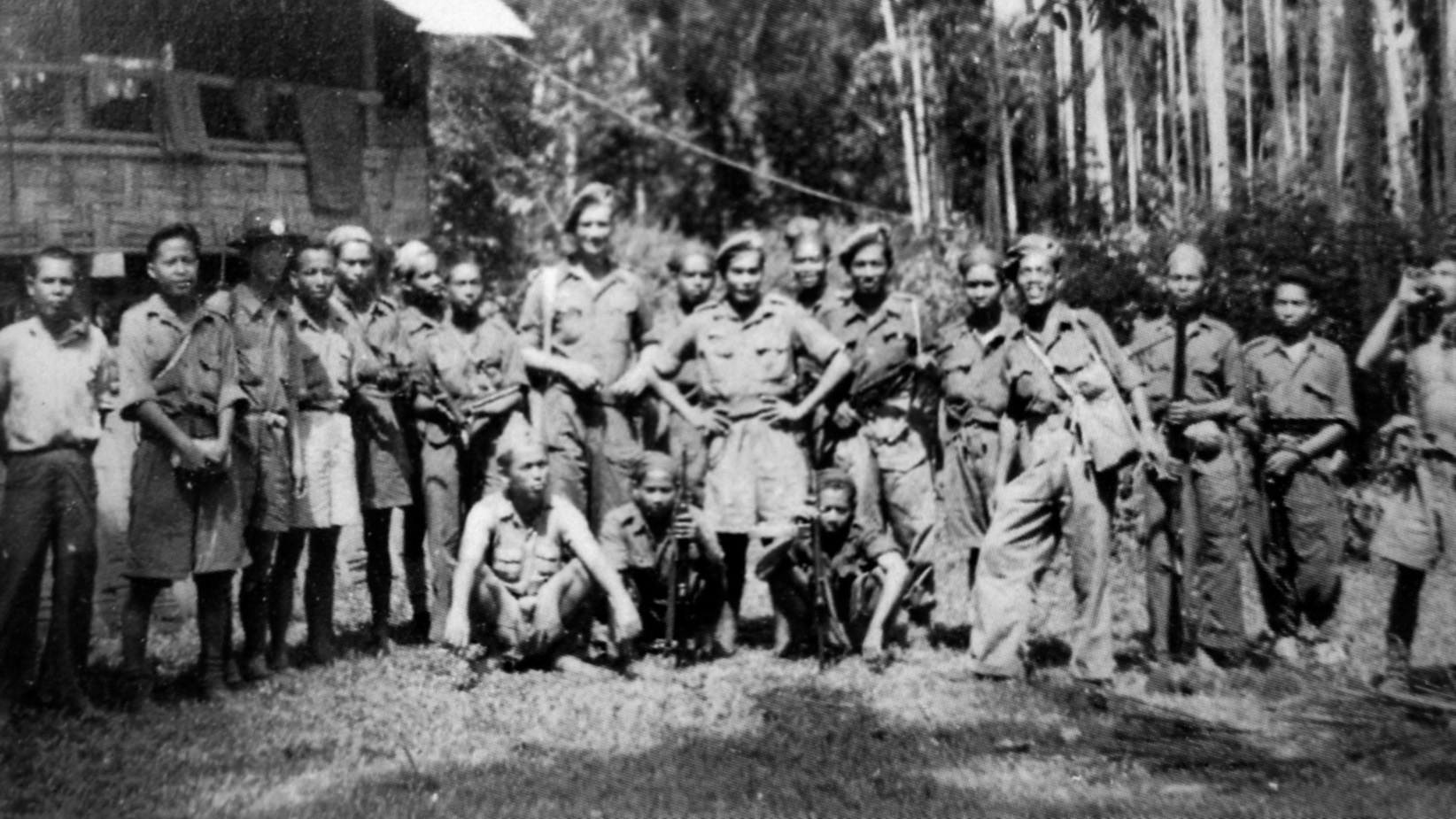
Join The Conversation
Comments
View All Comments